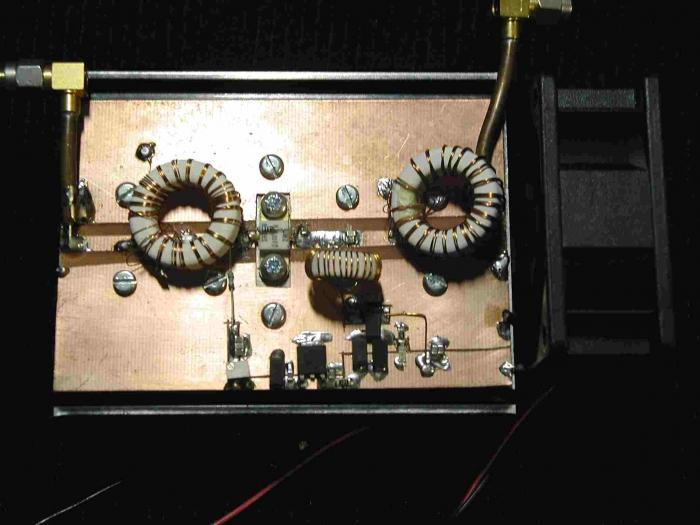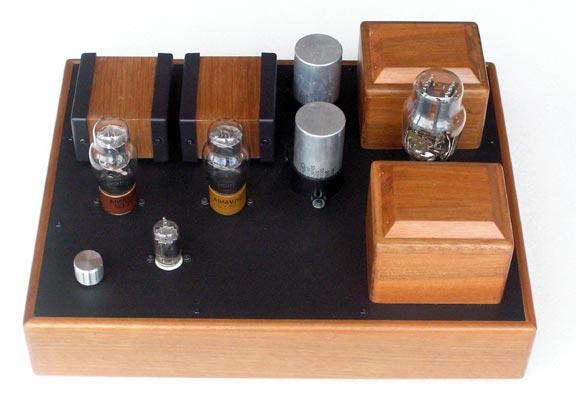A magnetic amplifier is a static electric device that is designed to control the value of the magnitude of the alternating current using direct current . The principle of operation of such a device is based on the nonlinear characteristics of a magnetized magnetic circuit. A magnetic amplifier is often used in the field of automatic regulation of electric motors (both synchronous and asynchronous) that operate on alternating current.

The device of such a device is quite simple. The magnetic amplifier consists of a working winding, which is located on its extreme rods. It is made of two coils connected in series. A control winding with a large number of turns is located on the middle shaft. If the current is not supplied to it, but passes through the working winding, which is connected in series with the load, then the magnetic circuit will not be saturated with the supplied alternating voltage due to the small number of turns. In this case, all the voltage will fall on the resistance of the working winding (it will be reactive in this case). At the load in this case, low power will be released.

The magnetic circuit of a device such as a magnetic amplifier is saturated due to the current passing through the control winding. Due to the large number of turns on it, even a small current value is sufficient. As a result of this process, the reactive component of the resistance of the working winding will decrease sharply, and the current value in the control circuit will increase rapidly. Thus, with the help of fairly small signals on the control winding, large powers can be controlled.
In the simplest case, a device such as a magnetic amplifier is an inductance that is controlled by direct current. For proper control, the inductance must be connected in series to the load in the AC circuit.
At large inductance values, the current value in the series circuit and the load is small. With a small inductance in the serial circuit, the current will be large. At the load, respectively, its value will also increase in proportion to a decrease in inductance. There are numerous developments in which such a device as a magnetic amplifier uses, for example, a proximity switch (for making contactless current switching), for doubling the frequency value, for stabilizing the voltage in the circuit, for modulating high-frequency signals with low-frequency signals, as such a device as a current amplifier, for regulating the supply voltage and so on.
Although lately magnetic amplifiers have been supplanted by semiconductor devices in some areas of their application, in such areas as controlling electric drives in construction equipment, regulating the lighting of concert halls and movie theaters, the magnetic amplifier has no competitors to this day.